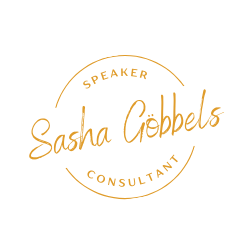Diversity in Software Development
You need them all!
Dr. Sasha Göbbels
https://shrtr.name/disd/

|
Diversity is what makes life interesting. |
Overview
- Short (!) about me
- Diversity? Inclusion?
- Why should we bother?
- A Bit of Theory
- Practical approaches
- The diagnostic process
- Interventions
- Diversity in software development teams
About me
|
|
What is diversity?

|
There are no norms. All people are exceptions to a rule that doesn't exist. |
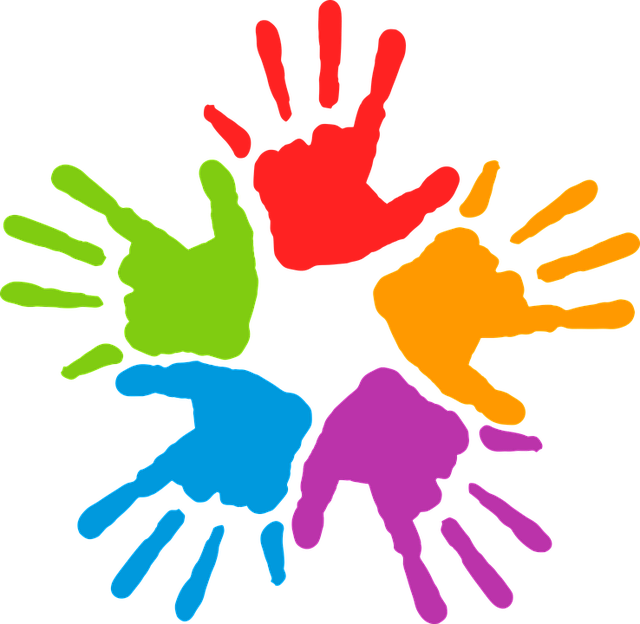
|
Diversity has many dimensions
|
Everybody is diverse!
- Hobbies
- Career path
- Personal interests
- Musical taste
The Diversity Wheel

|
Source: Marilyn Loden, "Implementing Diversity" |
Diversity
- No generally accepted definition in all cultures
- Has a long history (starting in the 1950ties)
- Broadened focus over time from including women to colored people to gender
- Recently started to include intersectionality
Intersectionality
Intersectionality is an analytical framework for understanding how aspects of a person's social and political identities combine to create different modes of discrimination and privilege.Kimberlé Williams Crenshaw, 1989
Diversity vs. Inclusion
Diversity means having a group of people with diverse backgrounds or identities.Inclusion means to elevate their visibility and facilitate their participition.
Why should we bother?

|
Opportunity plus instinct equals profit. |
- Employee retention
- People are most productive when their values match the company values / culture
- Part of seeing their values matched is to feel respected
- More productivity → benefit
- Developing products with a broader view/empathy for diverse customer groups → benefit
A Bit of Theory

|
Your theory is crazy, but it's not crazy enough to be true. |
A Bit of Theory
Systems theory
- Human systems dynamics: the combination of systems theory and complexity science
- You can not change just one parameter in a complex system and expect the surrounding system to stay exactly the same
- Becoming more diverse as a company or a team is a topic for strategic change management
Diversity Management Approaches
- Diversity as social justice
Roots in civil rights movement. - Diversity as equity
Similar to social justice. Equity ≠ same treatment. - Diversity as economic empowerment
Target to increase the bottom line. - Diversity as inclusion
HR framework of interdependence between people & orgs.
Equal approaches
No one approach in and of itself holds precedent over another approach. Each approach is neutral.
Deborah L. Plummer
Practical approach

|
In theory theory and practice are the same, in practice they are not. |
The Overall Process
- Diagnose diversity in organization
- Compare to goals and strategy
- Plan how to proceed towards goals
The Diagnostic Process |
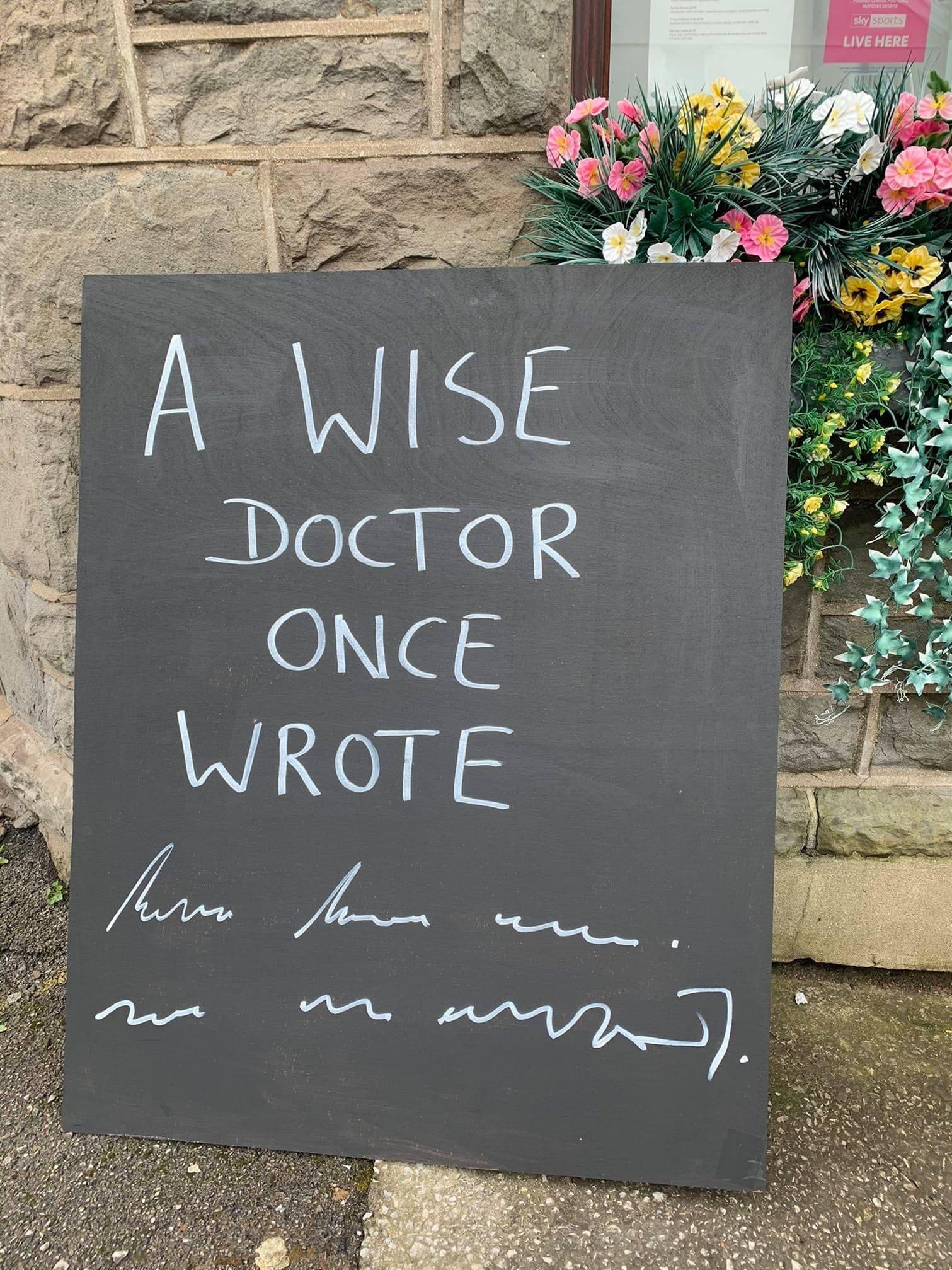
|
Steps of Diagnostic Process
- Understand working definition of diversity for the organization
- Choosing the right method and level for diagnosis
- Gather the data
- Applying framework for interpretation
- Develop reporting procedures
1. Understand working definition of diversity
- Even if a company has no codified definition there is one at work
- Make sure the definition is representative across the organization
- The definition is a dynamic entity
1. Choosing a method to find the definition
|
|
2. Choosing the Right Approach
| Example Definition | Diversity Management Approach |
|---|---|
| Org. effectiveness | Inclusion |
| Dignity & respect | Social justice |
| Competitive advantage | Economic empowerment |
| Organize processes/policies to establish success esp. for women & underrepresented groups |
Equity |
| Create policies, practices & procedures that leverage differences | Inclusion |
| Create anti-racist, gender-fair, multicultural organization | Social justice |
| Compliance with regulatory aspects of labor laws | Equity |
| A business vision for the 21st century | Economic empowerment |
| Innovation for new was of knowing, thinking & behaving | Inclusion |
3. Gather the data
Where/When to measure? Every step in the hiring process starting from the job posting over the diversity of people applying to the finally employed people can be measured and compared.
4. Applying framework
Two of the most frequently cited frameworks:- Continuum of Cultural Competence (NIMH, 1989)
- Diversity Paradigms (Thomas & Ely, 1996)
4. Frameworks: Continuum of Cultural Competence
| Cultural Destructiveness |
Cultural Incapacity |
Cultural Blindness |
Cultural Pre-Competence |
Basic Competence |
Cultural Proficieny |
|---|---|---|---|---|---|
| Attitudes, policies & practices destructive to cultures & individuals | System biased. Supports segregation. Ignorance & unrealistic fear of PoC. | Philosophy of being unbiased & well intentioned, but ethnocentric. Ignores cultural strengths, encourages assimilation. | System realzes weakness & attempts to improve Experiments. False sense of accomplishment. | Acceptance & respect for differences. Continula self-assessment. Committed to practices that flow from philosophy. | Holds culture in high esteem. Seeks to add to knowledge base of cultural competence. Advocates for cultural competence. |

|
|||||
4. Frameworks: Diversity Paradigms
Framework to interpret diversity diagnostic data- The discrimination-and-fairness paradigm
Focus on equal opportunity, fair treatment, recruitment & compliance with laws
Key → Assimilation - The access-and-legitimacy paradigm
Focus on more diverse clientele by matching demographics of org to those of critical customers
Key → Differentiation - The learning-and-organizational effectiveness paradigm
Focus on incorporating employees' perspectives into culture. Enhance by rethinking tasks & redefining strategies, practices, culture.
Key → Integration
5. Develop reporting procedures
- You can use "Diversity Benchmark Boxes", similar to score cards
- Things to include:
- Sources contributing to diagnosis
- Organizations ability & readiness for change
- Describe snapshots of diversity competence
- Where is the org positioned? → Frameworks
- Include ways of intervention
Interventions
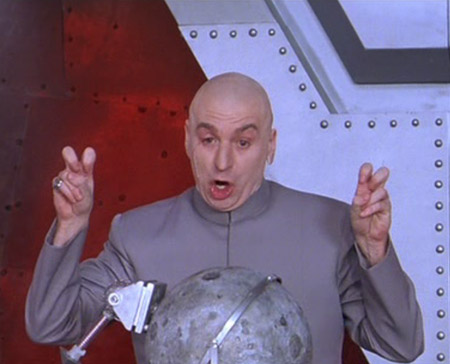
So what will happen?
- Lots of communication
- Listen! Listen even more!
- Prepare for conflict. The more different people, the more opportunity for friction.
- Don't suppress conflict. Use the friction in a positive way.
Adoption lifecyle
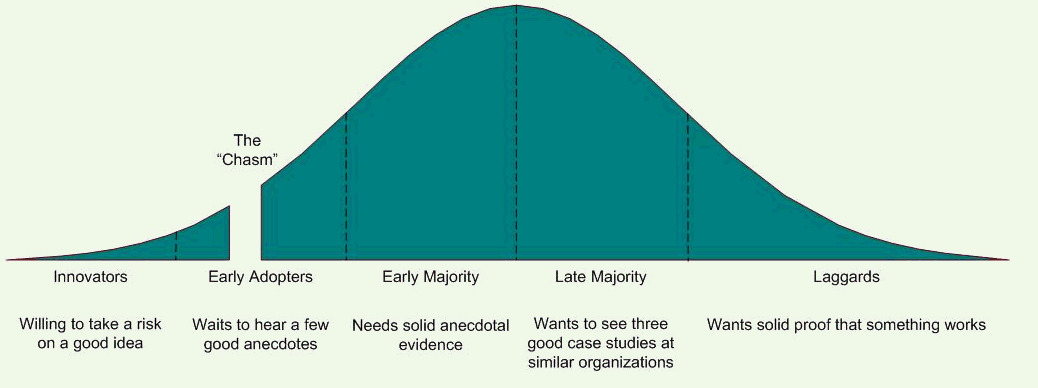
The Axelrod model (1997)
|

|
Conclusion
You need change management stewards, because:- Active participation of board and management
- Innovators/early adopters in departments actively advocating change
- Really good success stories and anecdotes for the sceptics and traditionalists
- Don't just dispel fears
Diversity in Software Development Teams
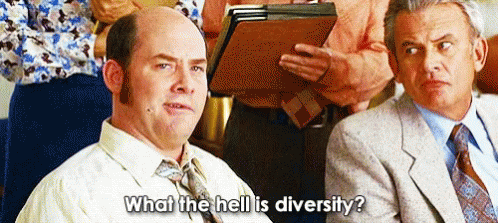
What's the problem?
- Most engineering management books & theories treat engineers as entities, featurless apart from their technical skills
- Good engineering teams are 'geled' together. Geling occurs most easily in very uniform groups.
- Introducing new people to teams disturbs this coherence
Some tips
- Don't try to "manage down". This will not work. Did it ever work?
- Use a lightweight diagnostic process to find out how the teams 'ticks'
- Mode of intervention: use the 1:1's to discuss, not to order
- Also include the 'white cishet middle age dudes'. If they feel excluded, it will not work.
- Don't call them 'white cishet middle age dudes'. This is rude.
Even more tips
- Hire an external consultant to support your engineering managers & team leads
- You can not expect your managers to know everything about diversity management
- Acceptance may be better if external resources have software development experience
Thank you!
Questions or Additions?

References
- Deborah L. Plummer (ed.), "Handbook of Diversity Management"
- Kimberlé Williams Crenshaw (ed.), "Critical Race Theory"
- Royce Holladay, Kristine Quade, "Influencing Patterns for Change: An HSD Primer for Leaders"
- Edwin E. Olson, Glenda H. Eoyang, "Facilitating Organization Change - Lessons From Complexity Science"
- Dr. Sasha Göbbels, "Nobody needs that - Adaption of Innovation"
- Robert Axelrod, "The Dissemination of Culture", J. Confl. Res., Vol. 41 Nr. 2, 1997
- Marilyn Loden, "Implementing Diversity", 1995 (not in print anymore)

